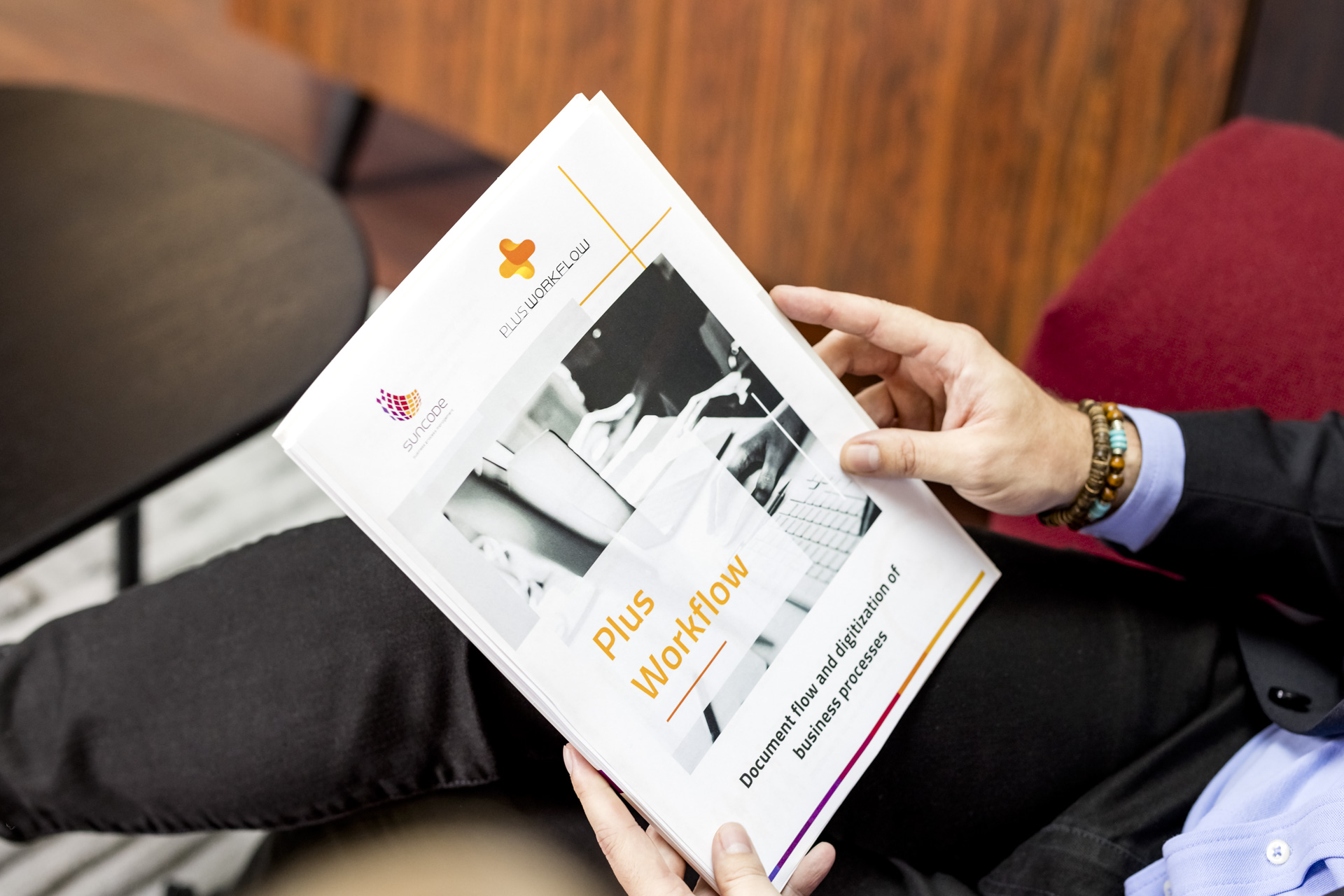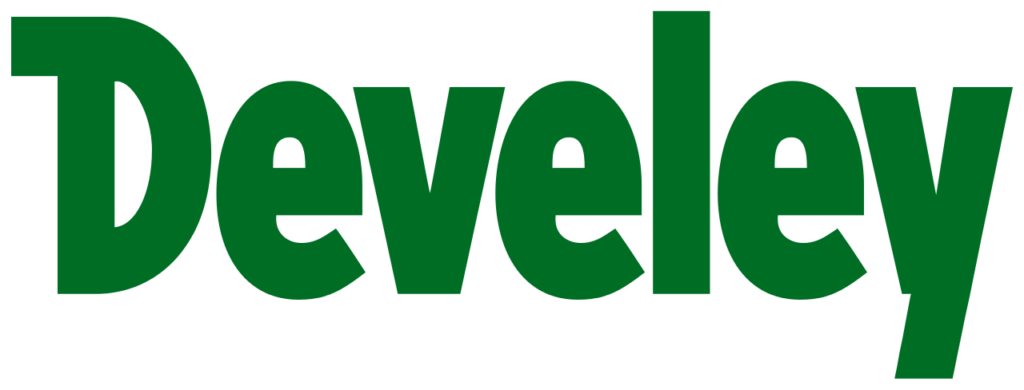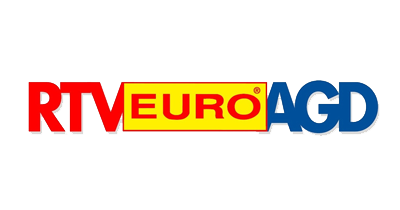Electronic workflow in the healthcare industry


Electronic workflow and business process automation are nothing new these days. Companies around the world understand the importance of digitization – the situation is no different in the medical and pharmaceutical industries.
Facilities in Poland are starting to reach for information and communication technologies (ICT) more boldly. This is not surprising, as the exchange of information between facilities and patients, has had a positive impact on the quality of services offered.
The most common ICT solutions in Polish centers include:
- Provision of telemedicine services;
- Issuing documents in electronic form, for example, electronic sick leaves, e-prescriptions, and e-referrals;
- Access to information from the Electronic Verification of Beneficiaries system,
- E-notifications that improve communication with patients by automatically sending SMS or email, as well as a PIN code for e-prescriptions;
- Use of mobile devices to monitor patient conditions and manage schedules (for operating rooms, paramedics, and ambulances). [1]
As we can read on the official website of the Center for e-Health (cez.gov.pl), as of July 1, 2021, Polish medical facilities are required to report all medical events to the electronic medical records (EDM) system. The system, through the pacjent.gov.pl platform, provides patients with unlimited access to their treatment history and protects documents from being lost. Additionally, the EMR system is responsible for the flow of documents between facilities, regardless of whether the visit took place within the scope of National Health Fund services or privately.
Given the above, it is safe to say that the digitization and digitalization of the medical and pharmaceutical sectors today seem to be a necessity for their smooth functioning.
Digitization of the healthcare industry from the inside
It is worth remembering that the medical industry is not only hospitals and clinics but also rehabilitation centers, diagnostic laboratories, and pharmaceutical companies.
Thus, in terms of the digitization of this sector, we must also take into consideration the internal processes. The use of ERP systems and electronic archives allows not only organizes patient data but also ensures a more efficient way of handling correspondence, registration of invoices and settlements with suppliers of medical equipment, integration with the financial and accounting system of the institution, handling of HR and payroll documentation, and finally, creation of a transparent archive of company documents.
The introduction of automation of internal processes and handling of electronic workflows makes it possible to monitor progress and quickly correct errors, which makes the work of health institutions more efficient.
Electronic workflow in the healthcare industry from Suncode
Suncode has been working with companies in the healthcare industry for many years. Our solutions are used daily by pharmacy chains, medical centers, pharmaceutical companies, and medical laboratories.
By implementing an electronic workflow system, companies can reap many benefits, such as streamlining administrative processes, digitizing medical records, and increasing the security of stored patient data.
The Plus Workflow system solutions that are the most popular among the healthcare industry clients:
- process of registering and handling invoices,
- process of handling correspondence,
- process of reviewing and archiving contracts,
- purchase requisition process,,
- modules to improve mass scanning of documents, e.g., Plus Barcode Reader
- and the ability to integrate with external systems used by enterprises.
In conclusion, process automation and electronic workflow in the healthcare industry make the quality of services higher and the execution time shorter, which results in higher efficiency for the company.
Want to learn more? Contact our consultants at sales@suncode.pl!

























